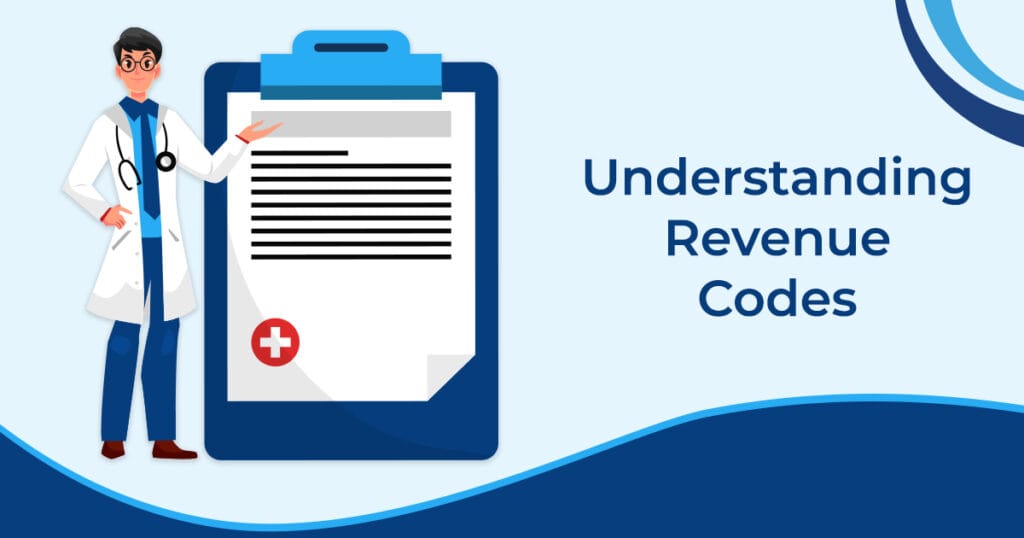Medical billing begins with patient insurance verification, a fundamental step. Medical staff ensure active insurance coverage of patients by obtaining complete all the details. It includes policy status with co-pay amounts along with mandatory pre-authorization rules.
Similarly, doing accurate insurance verification assists in claims management. Therefore, the insurance eligibility issues and wrong policy information can delay payments. Insurance verification increases both patient satisfaction and hospital revenue cycles. So, it minimizes administrative work needed for claim rework. Stay with us till the end and get the useful and interesting informations!
What is Patient Insurance Verification?
The practice of verifying patient insurance verification and benefits takes place before medical service delivery. The healthcare provider requires accurate insurance details, which include all information about patient plan eligibility, coverage boundaries, payment amounts, and authorization needs.
In addition, the process of effective insurance verification in medical billing benefits all patients, together with providers. The revenue cycle becomes more efficient for providers who use this system to enhance cash flow and decrease administrative work in insurance claim tracking and rejection processes.
Insurance Verification in Medical Billing
Medical billing starts with insurance verification, which checks patient eligibility for coverage before providing healthcare services. The verification process requires medical staff to check essential insurance details, including policy numbers and coverage limits, as well as network status and payment responsibilities.
Furthermore, accurate patient insurance verification online protects patients from claim denials, delays, and costs, improving the billing experience for healthcare providers and patients. The reimbursement process becomes more efficient when health insurance verification in medical billing functions effectively to decrease administrative workload. Thus, the billing team achieves better claim submission outcomes through this process because they can provide complete necessary information, which reduces the chance of denial.
Steps for Patient Eligibility Verification Process
1. Collect Patient Information
The front office staff starts by collecting essential patient information, including their name and date of birth, together with insurance provider details, member ID, and contact information. Front office staff obtain this information from patients during their appointment scheduling process. The accuracy of complete patient data at this stage enables smooth verification and billing processes.
2. Contact the Insurance Company
The verification process for patient insurance eligibility verification begins after collecting their information by contacting their insurance provider. People can verify their insurance through online portals and clearinghouses and by making direct phone calls to their insurer. The main objective of this verification step is to establish insurance coverage status as active and valid for the service date.
3. Verify Coverage and Benefits
The provider needs to verify which services the insurance plan covers after confirming insurance activation. The provider needs to verify which services are included and should check deductibles and co-pays, co-insurance, and coverage limits. This knowledge enables providers to prevent patients from facing high costs while ensuring correct payment to themselves.
4. Confirm the Need for Prior Authorization
The insurance company needs to approve certain services before they can be provided through the process of prior authorization. During verification, it is essential to determine whether the patient’s insurance plan requires prior authorization. A lack of authorization will lead to claim rejection even though the patient has valid coverage.
5. Communicate with the Patient
After completing patient insurance verification in medical billing, the staff must disclose the information to the patient. Transparency in communication helps to prevent misunderstandings while it strengthens beneficial patient relationships. Patients value receiving financial information about their care before they receive services.
6. Update Practice Management System
The provider must incorporate all verified information into their practice management or electronic health record system. The system enables correct billing procedures while speeding up insurance claim processing. Healthcare providers must secure and maintain all entries in compliance with privacy laws, including HIPAA.
How To Verify Insurance Eligibility and Benefits?
1. Collect Patient Information
The first step requires the healthcare provider to obtain from patients their insurance card, name, and birth date, together with insurance company details. It also include member ID number, group number, and service type (therapy or medication management, or evaluation). You will check the correct policy and benefits by having this information, which helps prevent denied claims or processing delays.
2. Call the Insurance Company
When portal access is not an option or when clarification is needed, you should contact the insurance provider through the number printed on the patient’s insurance card. Begin by picking the provider or eligibility section while having the patient’s relevant information at hand. Obtain detailed coverage information for your practice services from the representative while writing down their name and reference number for future documentation.
3. Verify Eligibility Status
Make sure the insurance plan remains active and covers the date of service. Check both the start and end dates of policy effectiveness, together with the network status between your practice and the patient’s insurance provider. Patients need to show if their insurance serves as their main coverage or if they require assistance with their secondary policy.
4. Confirm Mental Health Benefits
Confirm with your organization which third-party provider manages behavioral and mental health benefits, such as Optum or Magellan. Review the service restrictions, which include the annual therapy visit, maximum telehealth coverage requirements, and pre-authorization processes. Prevention of claim denials and unpaid benefits requires this essential step.
5. Review Patient Responsibility
re about how much the patient should pay through their co-pays, and co-insurance and deductibles. The practice should present financial information directly to patients in advance of their visit to maintain open payment procedures.
6. Document Everything
Keep detailed records of eligibility verification checks because they serve as internal documentation for potential audit purposes. Document verification steps using a date-stamped record that includes portal or phone contact details, names of representatives, and the results of your verification process.
Let’s Recap
The healthcare services depends on patient insurance verification to determine which medical treatments their insurance plans will cover. Therefore, the process helps prevent denial of claims and unexpected medical expenses as well as avoids delays in medical care. Providers need to verify insurance information in advance to confirm coverage parameters as well as copay amounts and deductible requirements and network participation.
Moreover, the process ensures better administrative workflow and enhances patient satisfaction. Patients experience frustration and potential distrust of their healthcare provider when verification of insurance details fails to occur properly. For eligibility verification and AR follow ups, you may reach out to us at MAVA Care.
FAQs
How do you verify a patient?
Patient verification is typically done through a multi-step process to confirm both the patient’s identity and insurance coverage. This includes collecting the patient’s full name, date of birth, and government-issued photo ID, as well as reviewing their insurance card.
What are 4 ways to identify a patient?
Healthcare providers typically verify patient identity by using at least two identifiers which include four main methods.
- The patient’s complete name appears exactly in their medical file or insurance documentation.
- Date of Birth
- Photo Identification (such as a driver’s license or passport)
- Medical Record Number (MRN) or Patient ID Number
Why is patient insurance verification important?
The process of insurance verification guarantees both patients’ insurance coverage of services and timely accurate reimbursement for providers. The verification process minimizes claim denials and streamlines cash flow and offers better patient satisfaction through clear disclosure about coverage details and out-of-pocket expenses in advance.
What information is required during insurance verification?
You typically need:
- Patient’s full name and date of birth
- Insurance provider name and contact information
- Policy number and group number
- Effective and termination dates
- Coverage details
- Authorization or referral requirements









